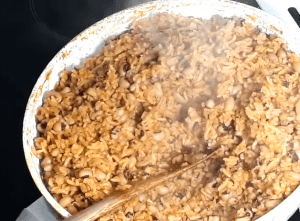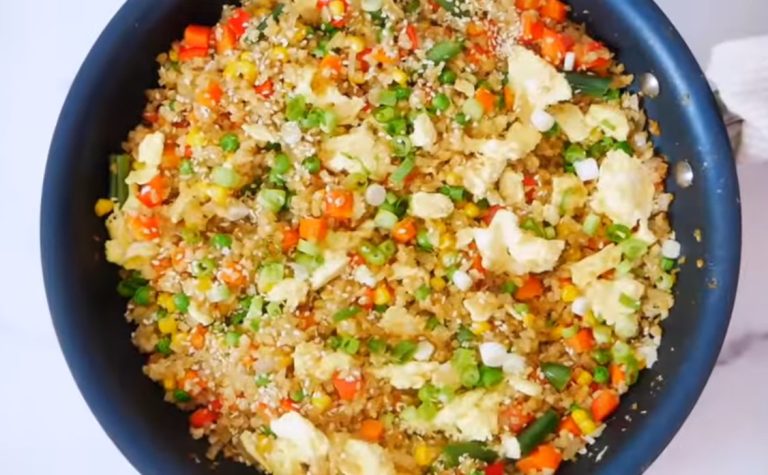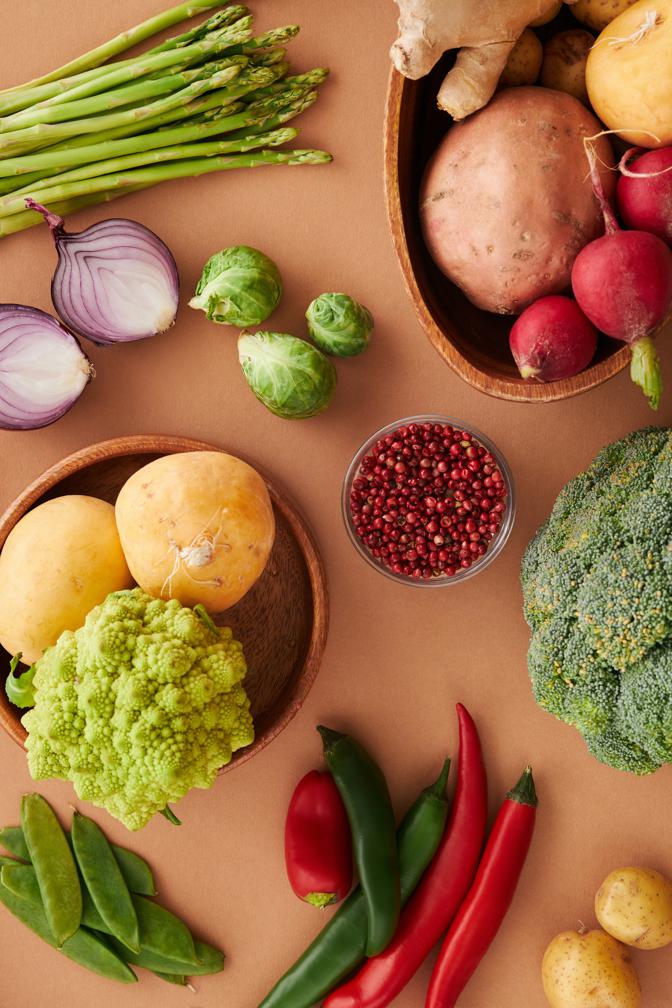Rice And Beans Recipe Nigerian Rice Beans With Beef Stew
Rice and beans is a classic Nigerian dish that is loved by people all over the world. It is a hearty and flavorful dish that combines the natural sweetness of rice with the earthiness of beans. And when you add a delicious beef stew on top of it, you have a complete and satisfying meal that will leave you wanting more. In this article, we will take a look at the steps to make a delicious Nigerian rice and beans with beef stew recipe, along with some tips and tricks to make it even more flavorful.


To make the Nigerian rice and beans with beef stew, you will need the following ingredients:
– 2 cups of long-grain rice
– 1 cup of black-eyed beans
– 1 pound of beef, cubed
– 1 onion, finely chopped
– 3 cloves of garlic, minced
– 2 bell peppers (red and green), diced
– 2 tomatoes, diced
– 2 tablespoons of tomato paste
– 2 tablespoons of vegetable oil
– 2 Maggi cubes (or any other seasoning cube)
– 1 teaspoon of thyme
– 1 teaspoon of curry powder
– Salt and pepper to taste
Now let’s dive into the step-by-step instructions to make this delicious Nigerian rice and beans with beef stew recipe:
1. Soak the beans: Start by soaking the black-eyed beans in water overnight. This will help to soften the beans and reduce the cooking time.
2. Cook the beans: Drain the soaked beans and transfer them to a large pot. Add enough water to cover the beans and bring to a boil. Reduce the heat to low and let it simmer until the beans are tender, about 45 minutes to an hour. Drain and set aside.
3. Cook the rice: Rinse the rice under cold water until the water runs clear. In a separate pot, add the rinsed rice and enough water to cover it. Bring to a boil, then reduce the heat to low and let it simmer until the rice is cooked and fluffy, about 15-20 minutes. Remove from heat and set aside.
4. Prepare the beef stew: In a large saucepan, heat the vegetable oil over medium heat. Add the chopped onions and minced garlic and sauté until translucent and fragrant. Add the beef cubes and cook until browned on all sides.
5. Add the vegetables: Add the diced bell peppers and tomatoes to the saucepan. Stir in the tomato paste, thyme, curry powder, and Maggi cubes. Season with salt and pepper to taste. Cook for an additional 5 minutes, until the vegetables are tender.
6. Combine the rice, beans, and stew: In a large pot, combine the cooked rice, cooked beans, and beef stew. Stir gently to combine all the ingredients and let it simmer over low heat for another 5-10 minutes, allowing the flavors to mingle.
7. Serve and enjoy: Once everything is heated through and well combined, remove from heat and serve your delicious Nigerian rice and beans with beef stew. You can garnish it with chopped fresh herbs like parsley or cilantro, and serve with a side of plantains or salad.
Now that you have the basic recipe for Nigerian rice and beans with beef stew, let’s take a look at some tips and tricks to make it even better.
Tips and Tricks:
1. Seasoning: Use a good quality seasoning cube or powder to enhance the flavor of the beef stew. You can also add some bay leaves or thyme for extra depth of flavor.
2. Pre-cook the beef: To ensure the beef is tender and juicy, you can pre-cook it before adding it to the stew. Simply simmer the beef in water with some salt and pepper until tender, then add it to the sautéed vegetables.
3. Variations: Feel free to customize the recipe to your liking. You can add other vegetables like carrots or peas, or even substitute the beef with chicken or seafood for a different twist.
4. Rice and beans ratio: The ratio of rice to beans can vary depending on personal preference. Some people prefer more rice, while others like more beans. Adjust the quantities accordingly to suit your taste.
5. Leftovers: Nigerian rice and beans with beef stew makes great leftovers. Store any leftovers in an airtight container in the refrigerator for up to 3 days. Reheat in a microwave or on the stovetop before serving.
Frequently Asked Questions:
Q: Can I use canned beans instead of dried beans?
A: While dried beans are traditionally used in this dish, you can definitely use canned beans if you’re short on time. Just rinse and drain the canned beans before adding them to the recipe.
Q: Can I freeze Nigerian rice and beans with beef stew?
A: Yes, you can freeze this dish for future meals. Allow it to cool completely, then transfer to freezer-safe containers or bags. It will keep well in the freezer for up to 3 months. Thaw overnight in the refrigerator before reheating.
Q: Can I make this dish vegetarian?
A: Absolutely! Simply omit the beef and use vegetable broth or water instead of beef broth. You can also add extra vegetables like mushrooms or zucchini for added flavor and texture.
Q: What can I serve with Nigerian rice and beans with beef stew?
A: Nigerian rice and beans with beef stew is a complete meal on its own, but you can serve it with a side of plantains, fried ripe plantains, or a fresh green salad for a balanced and satisfying meal.
Q: Is it a spicy dish?
A: The level of spiciness can be adjusted according to your preference. If you like heat, you can add some scotch bonnet peppers or cayenne pepper to the beef stew. If you prefer a milder flavor, you can omit the spicy peppers or use less of them.
Q: Can I use a different type of rice?
A: While long-grain rice is traditionally used in Nigerian rice and beans, you can use other types of rice like basmati or jasmine if you prefer. Just adjust the cooking time and water ratio accordingly.
Final Thoughts:
Nigerian rice and beans with beef stew is a delicious and satisfying dish that brings together the flavors of rice, beans, and beef into one flavorful meal. Whether you’re cooking for yourself or feeding a crowd, this recipe is sure to impress. So grab your ingredients, follow the step-by-step instructions, and get ready to enjoy a taste of Nigeria in your own kitchen. Happy cooking!







